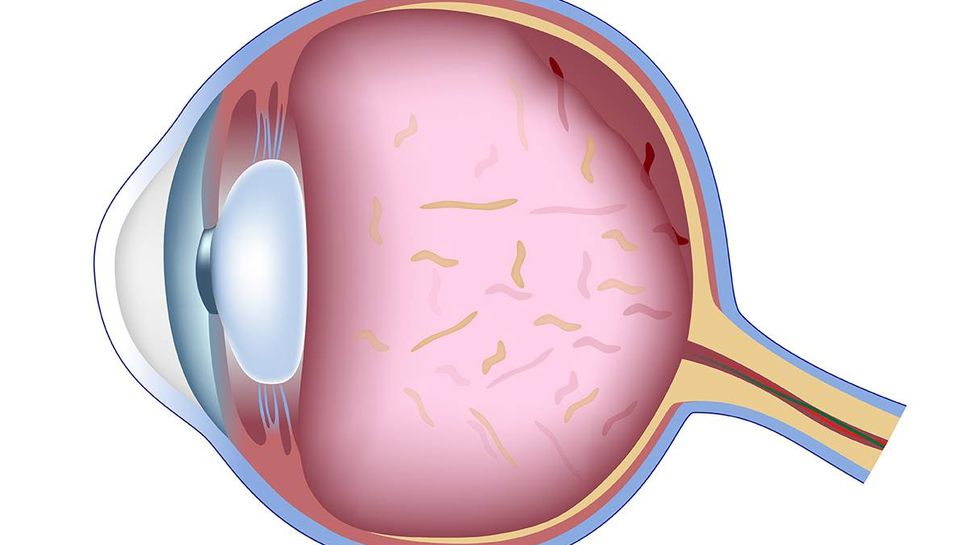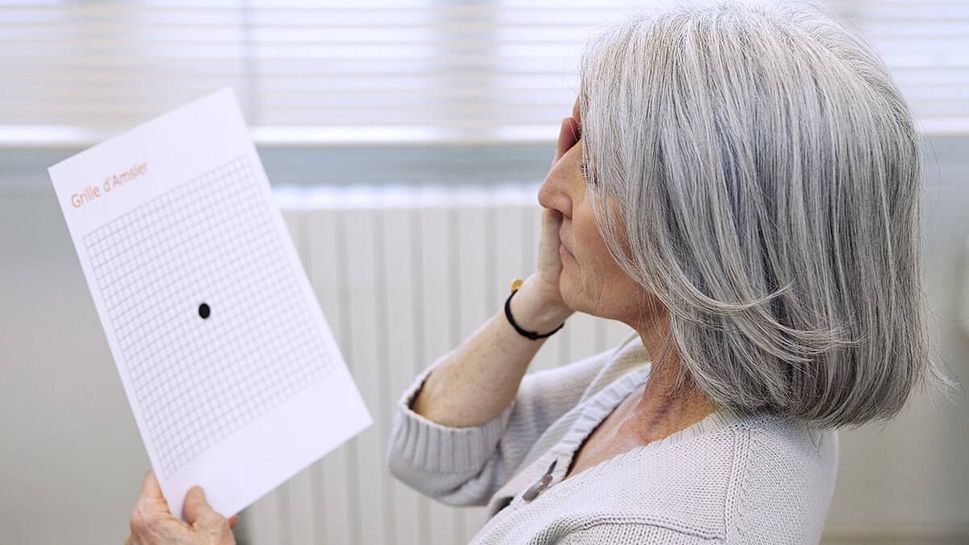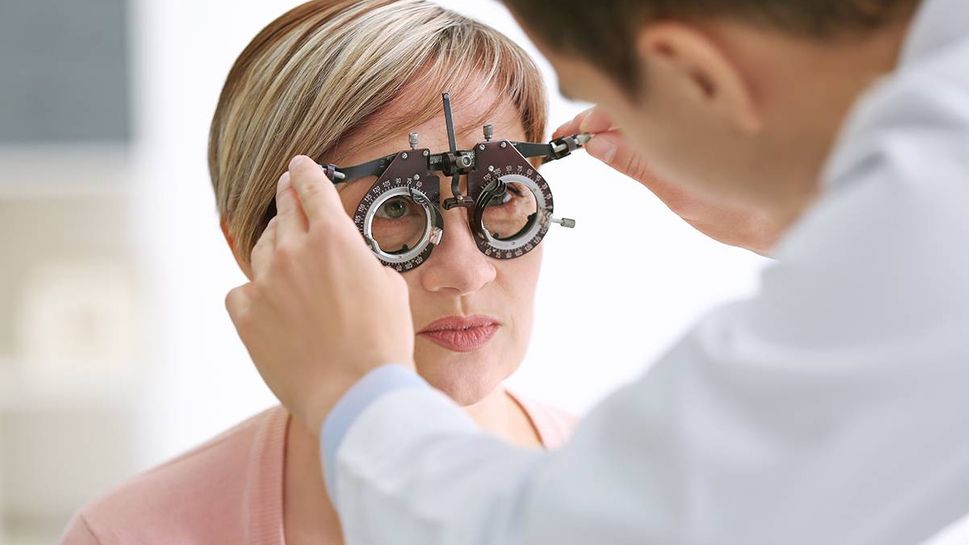5 Warning Signs of Serious Eye Problems
Vision issues can be part of getting older, but these may signal something dangerous
1 of 6

Vision Loss
Many of us assume that our eyesight should grow worse as we age. While it’s true that your vision tends to change after age 40 and you may need reading glasses, “vision loss is not an inevitable part of aging,” says Dr. Anne Sumers, a clinical spokesperson for the American Academy of Ophthalmology. Something like loss of peripheral vision — or tunnel vision — could be a sign of glaucoma, a condition that affects 3 million Americans. Half of those with glaucoma don’t know they have it, Sumers says, because many people experience few or no early warning signs. Glaucoma causes damage to the optic nerve and is usually associated with high pressure inside the eye. Although “anyone who has blurry vision should be evaluated,” says Dr. Lisa Park, clinical associate professor of ophthalmology at NYU Langone Medical Center, tunnel vision or a sudden loss of vision in one eye could signal a blood flow issue and should be investigated immediately.

Not Seeing Colors Correctly
If something appears brown or beige to you but others insist it’s white, it could be a sign of cataracts. A cataract is a clouding of the lens in the eye, and almost everyone will develop cataracts eventually, says Park. By age 75, half of white Americans have cataracts (the percentage is lower for other races), according to the National Eye Institute. And cataracts are more likely to occur among women than men. As the lens clouds, it becomes browner, meaning colors can appear distorted. “It’s like you have an Instagram filter over the eye, but it happens over decades,” Sumers says. The good news is that while cataracts can cause blurred vision and color distortion, they can be removed with a quick, relatively painless surgery that will improve your vision for the rest of your life.

Flashing Lights and New Floaters
“Floaters are very common,” Park says, and they often appear as though there is a fly or a hair across your vision. Floaters occur over time as the jelly inside the eye degenerates. While you might have experienced certain floaters in your vision for years, any appearance of new floaters — especially if accompanied by flashing lights — should be investigated by your ophthalmologist within 24 hours. These flashing lights can seem like “electrical lightning in one eye,” Park says. These are a sign of a detached retina or a tear in the retina, which can lead to permanent vision loss if not treated immediately.

Diabetes
While diabetes is not technically a warning sign of eye problems, diabetics do need to be particularly careful with their eyes. Diabetes can lead to diabetic retinopathy — a condition characterized by changes in the retina’s blood vessels and the leading cause of blindness in American adults, according to the National Eye Institute (NEI). High blood sugar caused by diabetes seems to correlate with damage to the blood vessels in the retina. According to the NEI, between 40 and 45 percent of Americans diagnosed with diabetes have some stage of diabetic retinopathy, although only about half are aware of it. People with diabetes should have an eye exam every year so their ophthalmologist can look for changes to the retina, says Sumers. Early detection and good control of diabetes can help prevent or manage diabetic retinopathy.

Distortions
Distortions in your vision — such as lines that don’t appear straight or a chain link fence that looks like someone is leaning on it — can be a sign of age-related macular degeneration (AMD), says Sumers. AMD affects central vision and is characterized by a deterioration of the macula, a part of the eye responsible for seeing the finest details. AMD affects about 2 million people and is most common in people who are 80 and older. AMD can cause vision loss and blindness, but in its early stages may have no noticeable symptoms, which is why regular eye exams are so important. For the most common form of AMD known as “dry” AMD, a better diet, nutritional changes and quitting smoking can help. Sumers says smoking increases risk of vision loss threefold.

No Warning Signs at All
Sumers cautions that many eye problems have no early warning signs. In many cases, by the time you notice vision loss or another symptom, damage is already done. Don’t wait for a change in your vision to see an ophthalmologist. If you are over 40 and haven't had a comprehensive eye exam, make an appointment now, says Sumers. Your risk is higher for certain eye problems depending on your family history, race and age. Risk of glaucoma, cataracts and AMD increase with age, and African Americans over 40 are at the highest risk of developing glaucoma. Go to GetEyeSmart.org for more information about eye health. If you believe you can’t afford eye care, Sumers recommends EyeCareAmerica.org, which provides comprehensive eye exams to medically underserved people over 65 (who qualify) with no out-of-pocket costs.
Grandparents.com is a lifestyle website, social media community & peer group that unites & connects America's 70 million Grandparents to the best information and premier products & services just for them. Our goal is to promote well-being and give timely information on what really matters to you, from health and money to family and relationships to travel and retirement.

